Summer still hanging on in the garden …
It’s hard to believe that it was 93 degrees here in Austin yesterday. While I am ready for the crisp edges of autumn, I have to admit that the lasting beauty of the summer garden is a daily delight.
The Lord Baltimore hibsicus, Pride of Barbados and variegated shell ginger are all perfectly happy with the hot weather.
The Tecoma stans, or Esperanza, are still blooming like crazy.
The path down the side of the house still has some blooms, though they are beginning to dwindle. Except for the Salvia madrensis, or pineapple sage, which blooms very late in the summer (well, OUR summer, that is).
These stunning spires are criss crossing with a single Salvia greggii bloom.
And at the end of the path, Artemis awaits.
Her hairdo, comprised of squid agave and creeping Jenny, adds a whimsical touch.
In the back, the fountain shade garden is lush with tropical flair, including Persian shield, Philodrendron, Coleus, sparkler sedge and Duranta ‘golden showers.’
The front bed is full or oranges and yellows at this time of year, with narrow leaf Zinnia, Calylophus, and Asclepia.
More yellow awaits farther up the bed with this Thryallis, the whale’s tongue agave and a view of the deep orange Tecoma ‘balls of fire.’
Yes, the brisk breezes of fall sound very appealing, but I love enjoying these long-lasting Indian summer blooms. The forecast calls for a drop this week — 90 on Wednesday and then 80 for the high on Thursday, and 74 on Friday.
It’s coming, it’s just a little slow getting here!












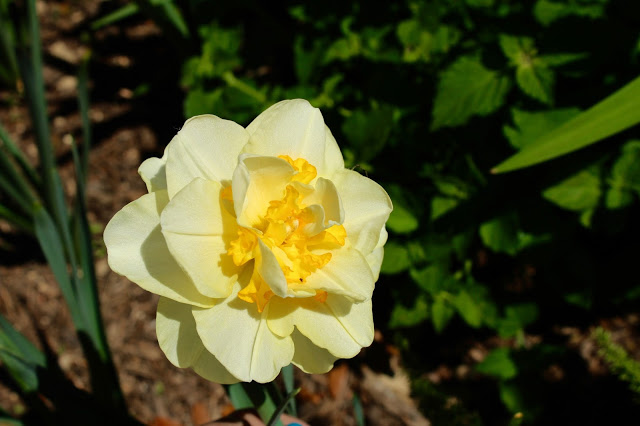

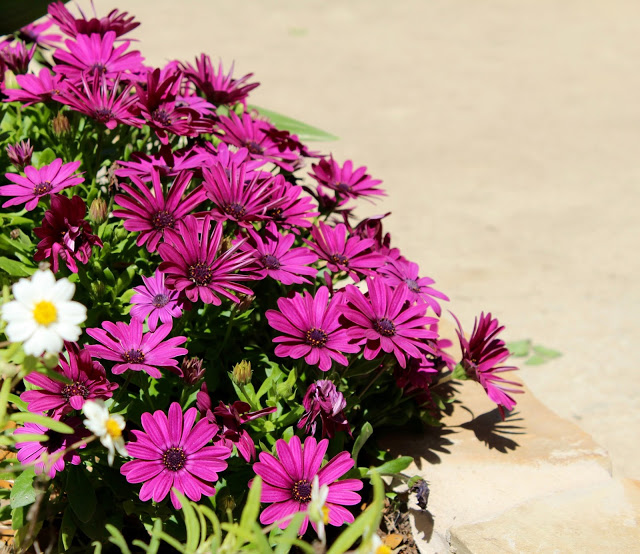


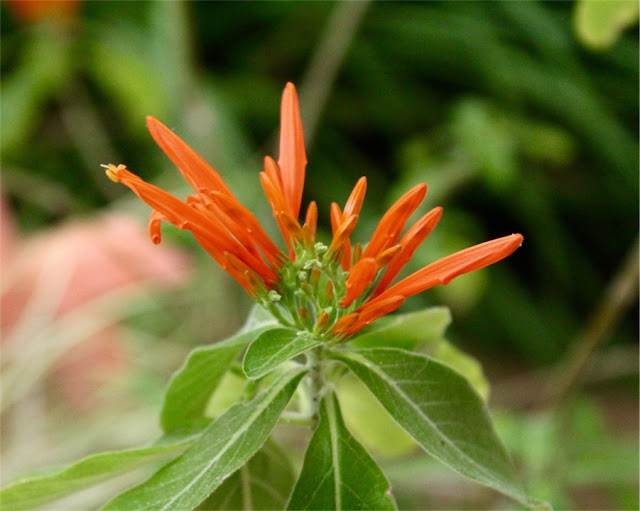

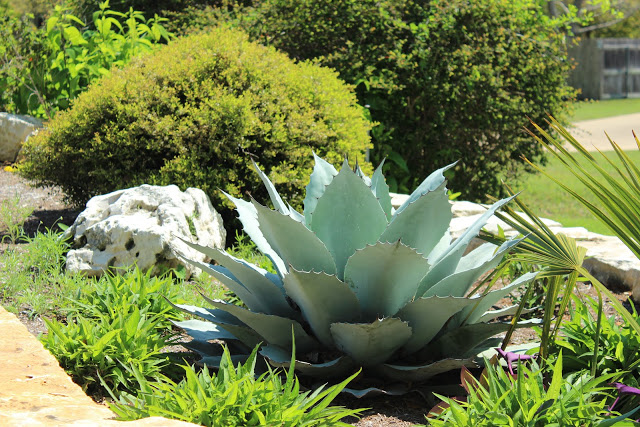
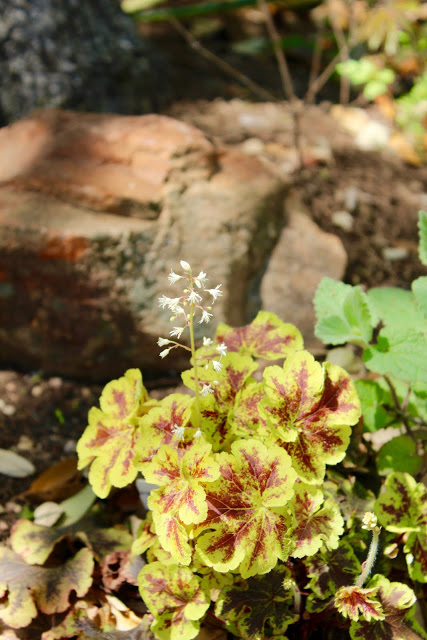
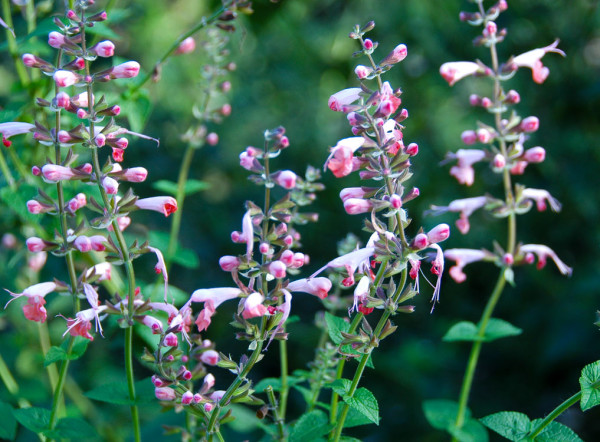

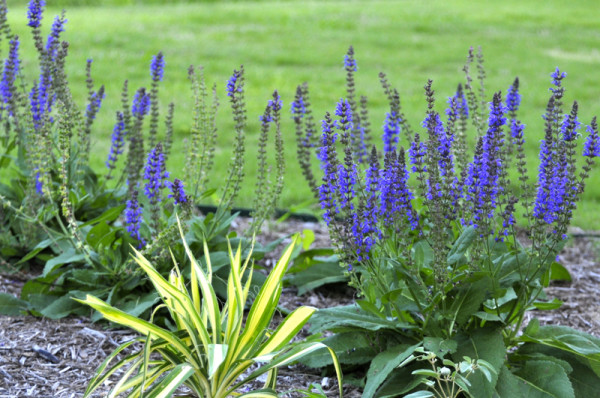 Take a stroll through almost any Central Texas garden and chances are you’ll come upon at least one type of salvia.
Take a stroll through almost any Central Texas garden and chances are you’ll come upon at least one type of salvia.